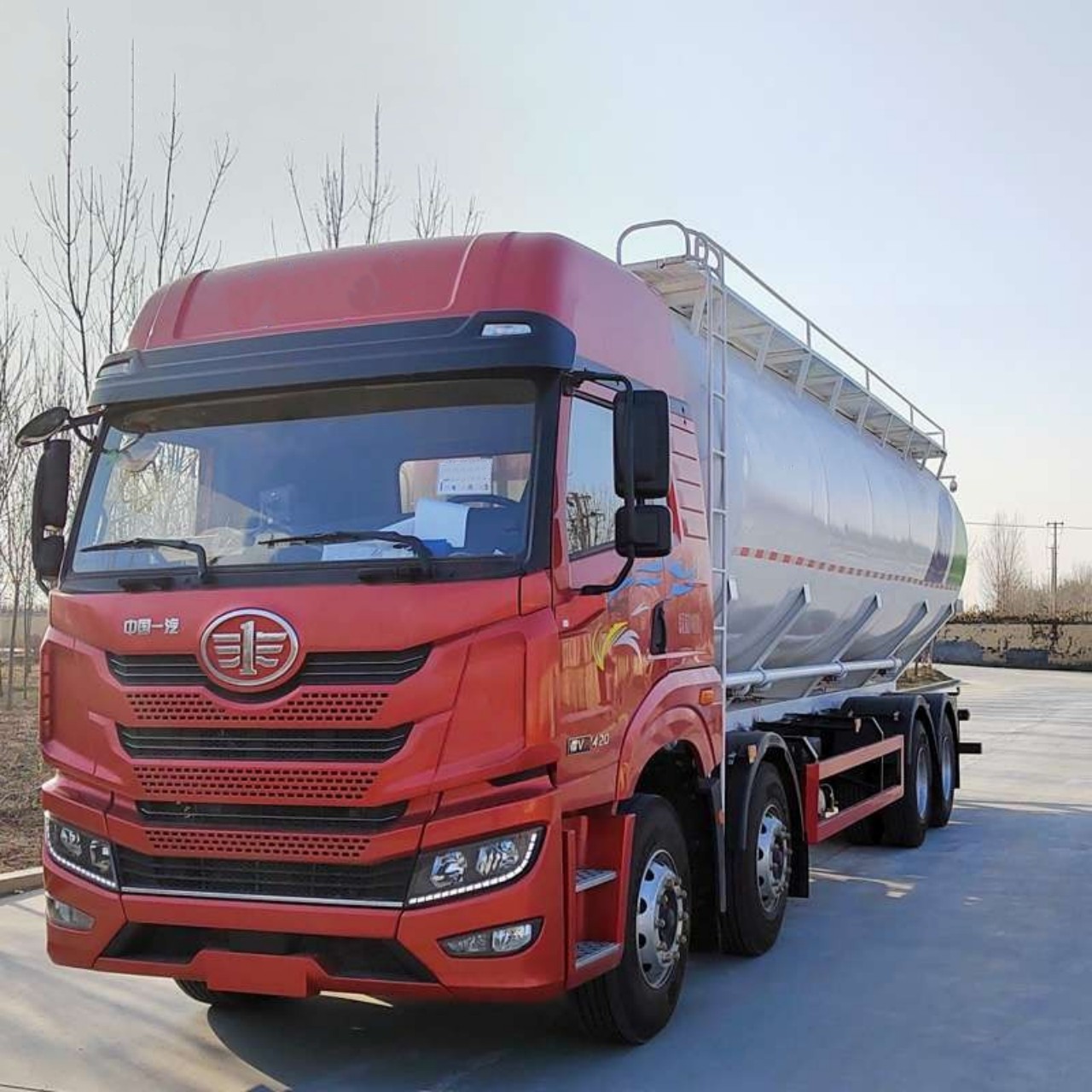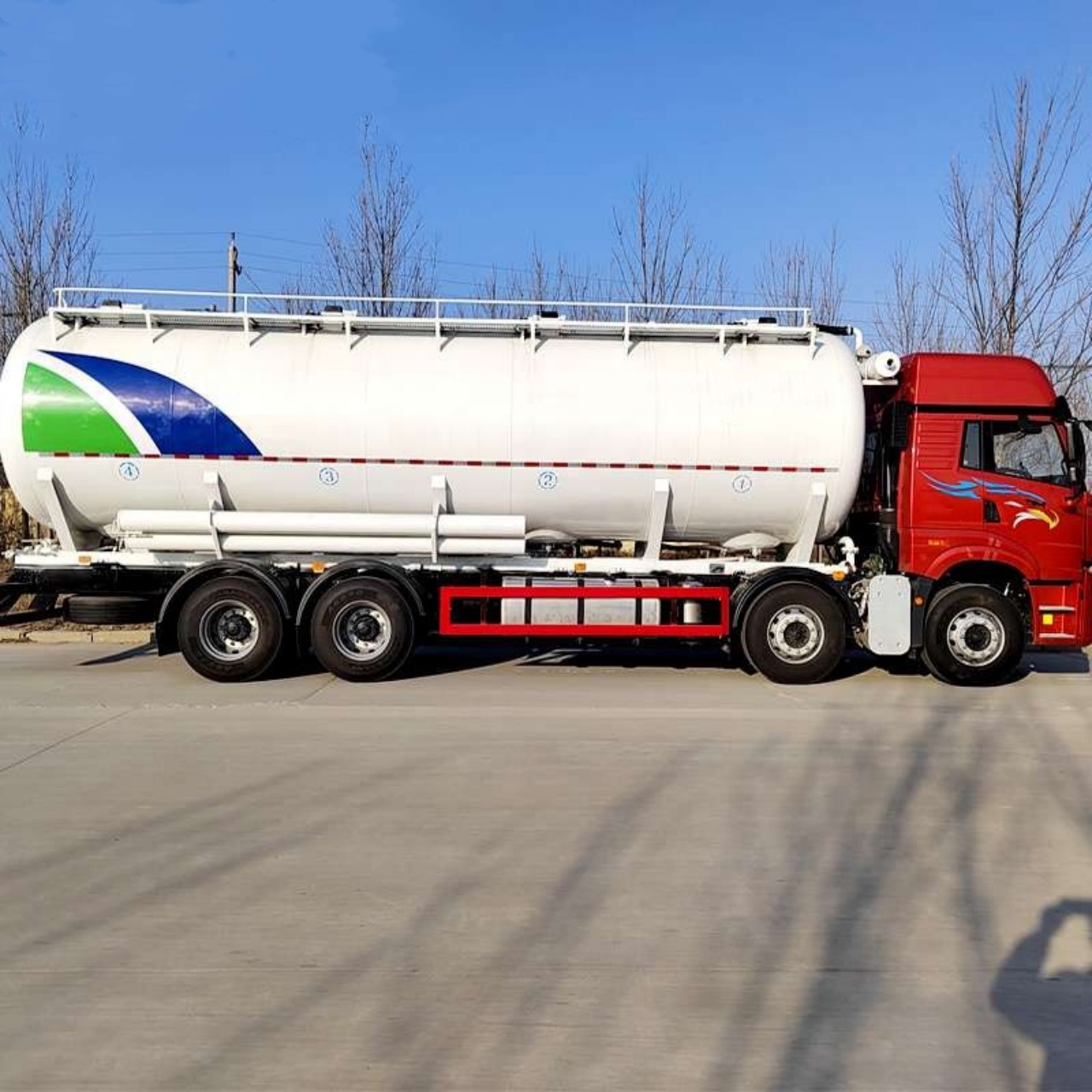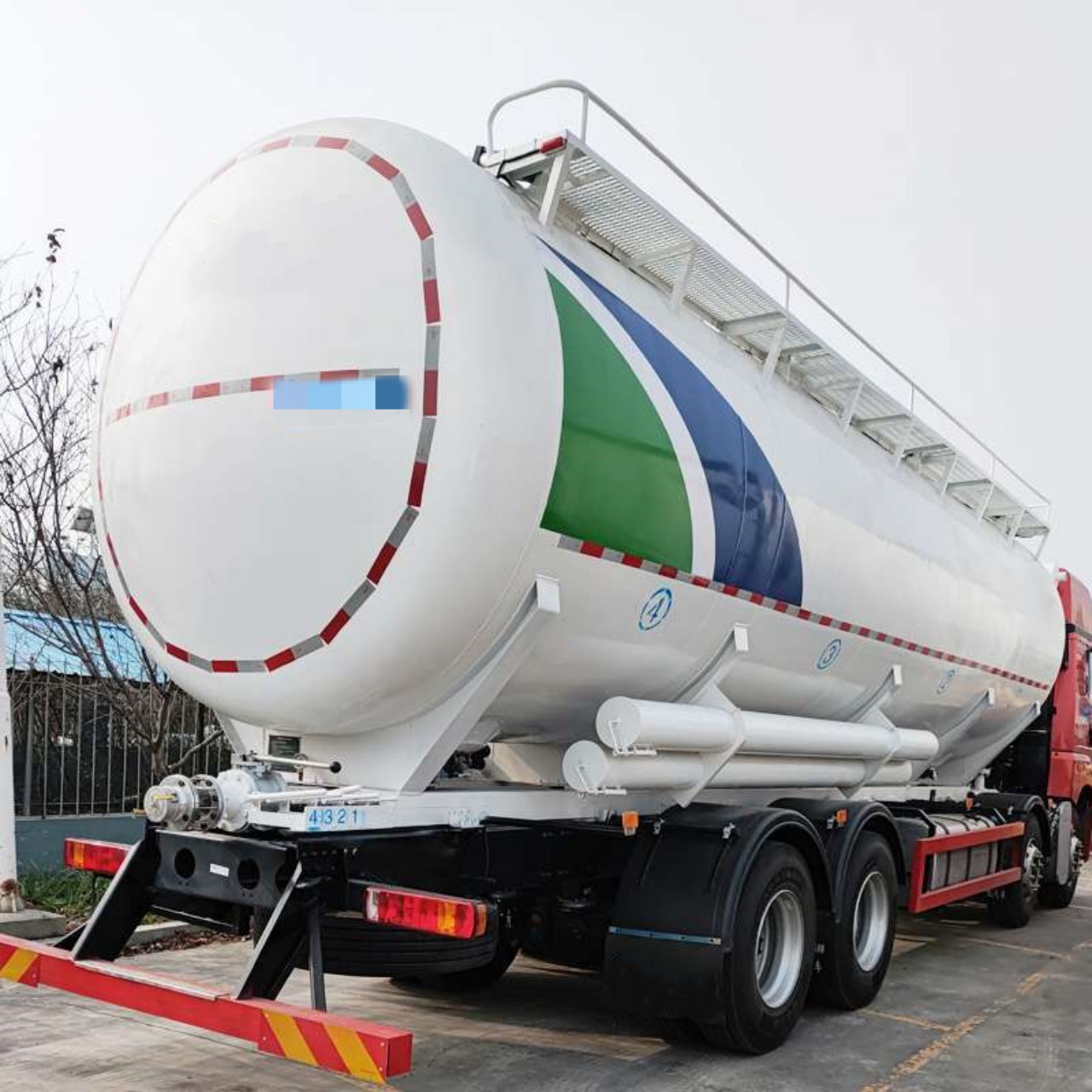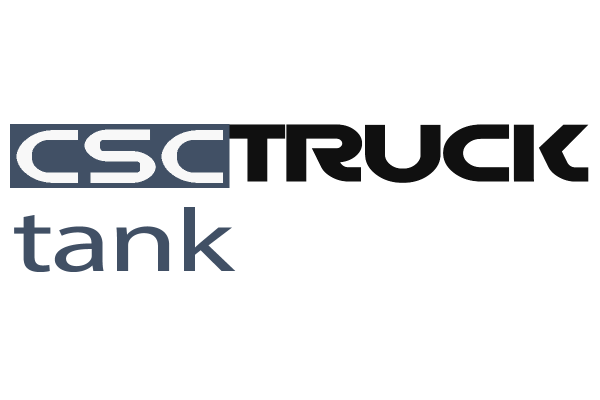Introduction
A bulk feed tanker is a specialized vehicle designed for transporting large quantities of animal feed in bulk form. These tankers play a critical role in the agricultural and livestock industries, ensuring that feed reaches farms and feedlots efficiently and hygienically. Unlike traditional methods of transporting feed in bags or loose form, bulk feed tankers provide a streamlined and contamination-free method of delivery.
Components of a Bulk Feed Tanker
Bulk feed tankers consist of several key components that enable their efficient operation:
- Tank Body – The main structure of the tanker is typically made of aluminum or stainless steel, ensuring durability and resistance to corrosion. The tank is divided into multiple compartments to accommodate different types of feed and prevent cross-contamination.
- Auger or Pneumatic System – Bulk feed tankers use either an auger system or a pneumatic system for unloading feed. An auger system consists of rotating screws that move the feed out of the tanker, while a pneumatic system uses air pressure to blow the feed into storage silos.
- Hatch and Loading Ports – These allow for efficient loading of feed at the production facility. The hatches are sealed tightly to prevent contamination and spillage.
- Chassis and Suspension – The tanker is mounted on a heavy-duty chassis, often with air suspension systems to ensure stability and smooth transportation.
- Discharge Mechanism – Depending on the design, the tanker may have a hydraulic or mechanical discharge system to control the flow of feed during unloading.
- Safety Features – These include pressure relief valves, emergency shut-off systems, and dust control mechanisms to ensure safe operation.

Types of Bulk Feed Tankers
Bulk feed tankers come in various designs, each suited to specific transportation needs:
- Auger-Type Bulk Feed Tanker – These use internal augers to unload feed directly into silos or feeding stations. They are ideal for solid and pelletized feed.
- Pneumatic Bulk Feed Tanker – These use pressurized air to blow feed into silos. They are ideal for fine, powdered feed that requires dust control.
- Trailer-Mounted Bulk Feed Tankers – These are larger, high-capacity tankers designed to be towed by semi-trucks for long-distance transport.
- Rigid Truck Bulk Feed Tankers – These are built onto a truck chassis and are commonly used for shorter delivery routes.
Advantages of Bulk Feed Tankers
Using a bulk feed tanker for feed transportation offers numerous benefits:
- Efficiency – Bulk feed tankers allow for rapid loading and unloading, significantly reducing delivery times compared to traditional bagged feed transportation.
- Cost Savings – By eliminating the need for packaging and manual handling, bulk feed tankers help lower operational costs.
- Reduced Contamination Risk – The enclosed design prevents exposure to external contaminants, ensuring feed remains hygienic and safe for animal consumption.
- Improved Feed Quality – With reduced handling and exposure to air and moisture, the feed remains fresh and maintains its nutritional value.
- Environmental Benefits – The elimination of plastic and paper feed bags reduces waste and environmental impact.

Applications of Bulk Feed Tankers
Bulk feed tankers are widely used in various sectors of the livestock industry, including:
- Poultry Farms – Supplying feed to large poultry farms where precise feed delivery is essential for bird growth and health.
- Dairy and Cattle Farms – Ensuring a steady supply of bulk feed to dairy cows and beef cattle.
- Swine Farms – Delivering high-energy and protein-rich feed to pig farms.
- Aqua Feed Distribution – Some bulk feed tankers are designed to transport fish feed to aquaculture farms.
Considerations When Choosing a Bulk Feed Tanker
When selecting a bulk feed tanker, several factors should be considered:
- Capacity Requirements – Choosing the right size depends on the volume of feed to be transported.
- Material and Construction – Stainless steel is ideal for durability and hygiene, while aluminum is preferred for its lightweight properties.
- Discharge System – The choice between auger and pneumatic discharge systems depends on the type of feed being transported.
- Regulatory Compliance – The tanker must meet industry and government regulations regarding food transportation and safety.
- Ease of Maintenance – Regular cleaning and servicing are essential to prevent feed residue buildup and mechanical issues.

Conclusion
A bulk feed tanker is an indispensable asset in modern livestock farming and feed logistics. It enhances efficiency, improves feed quality, and reduces costs associated with transportation. Whether used for poultry, cattle, or swine feed delivery, bulk feed tankers continue to be an essential component in the supply chain, ensuring that animals receive their feed as efficiently and hygienically as possible.

